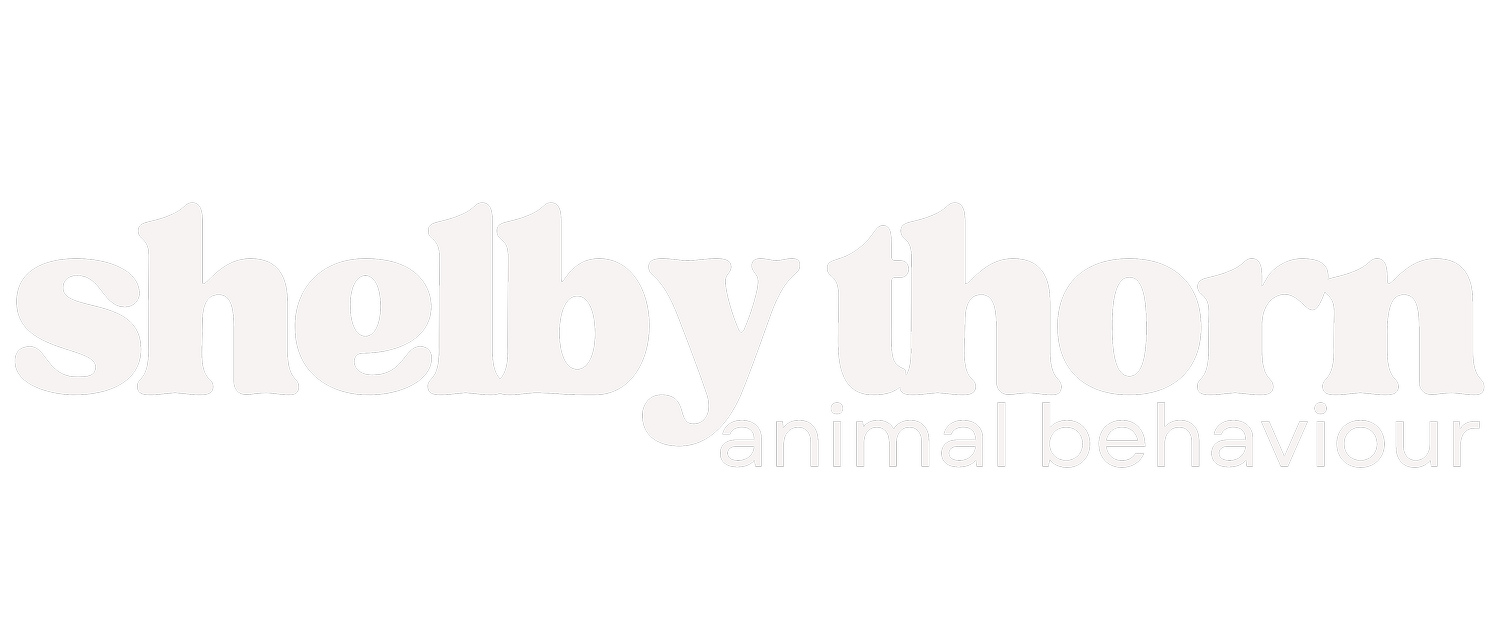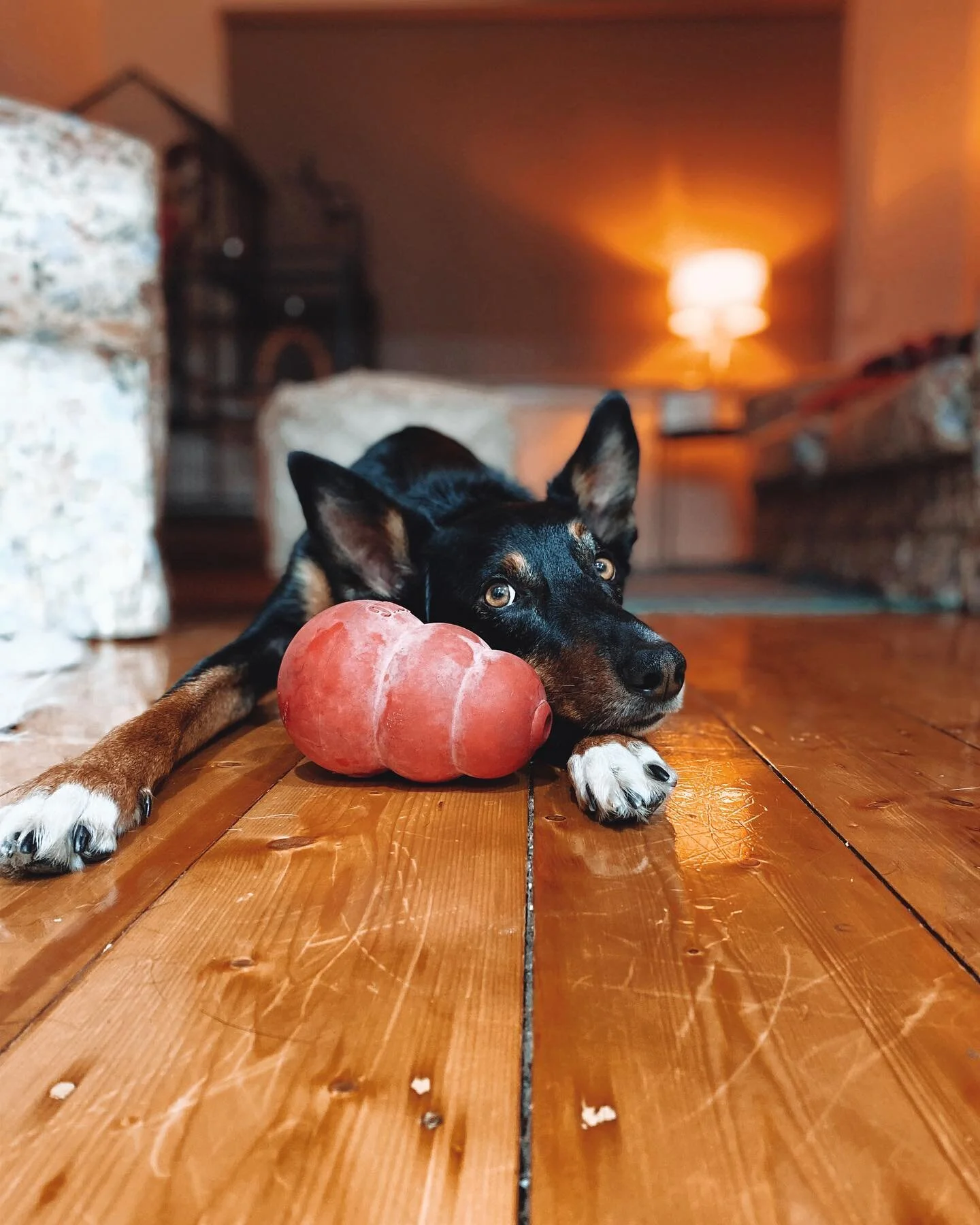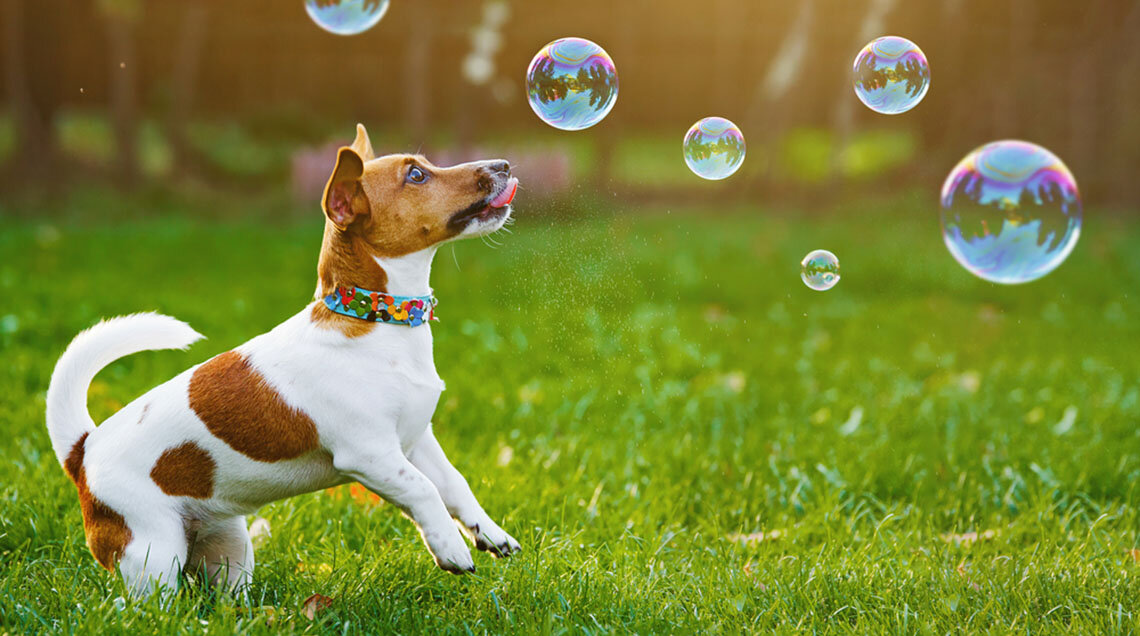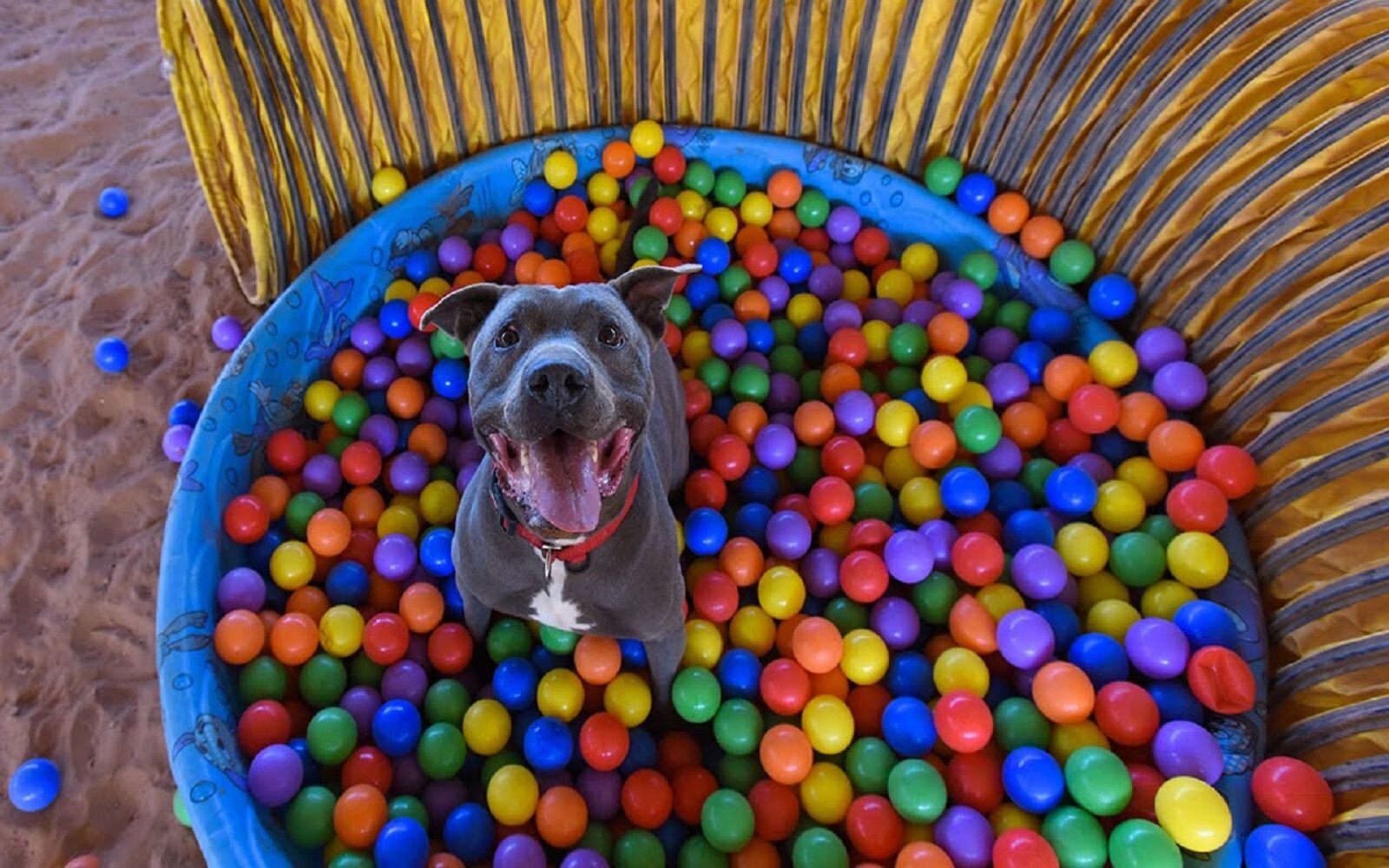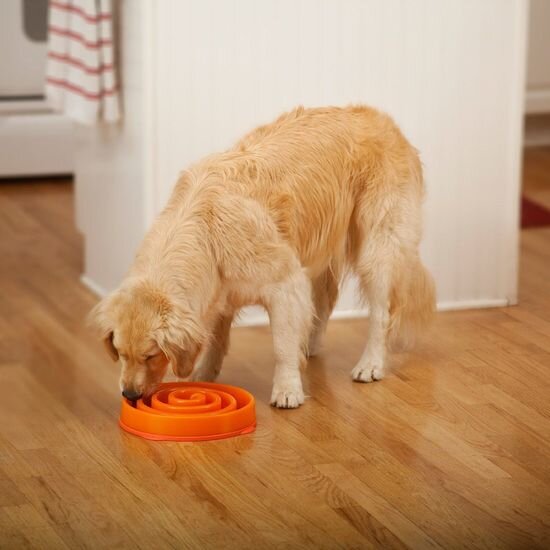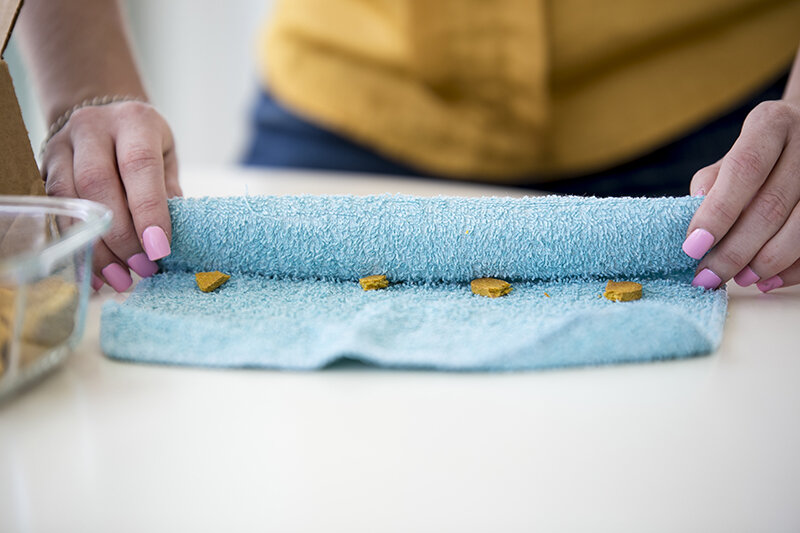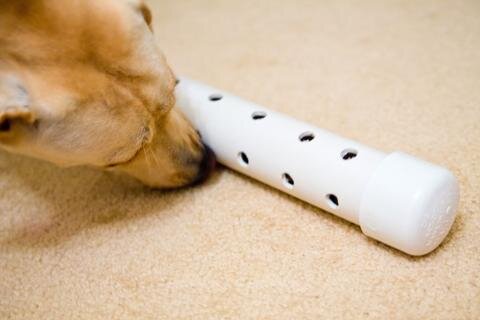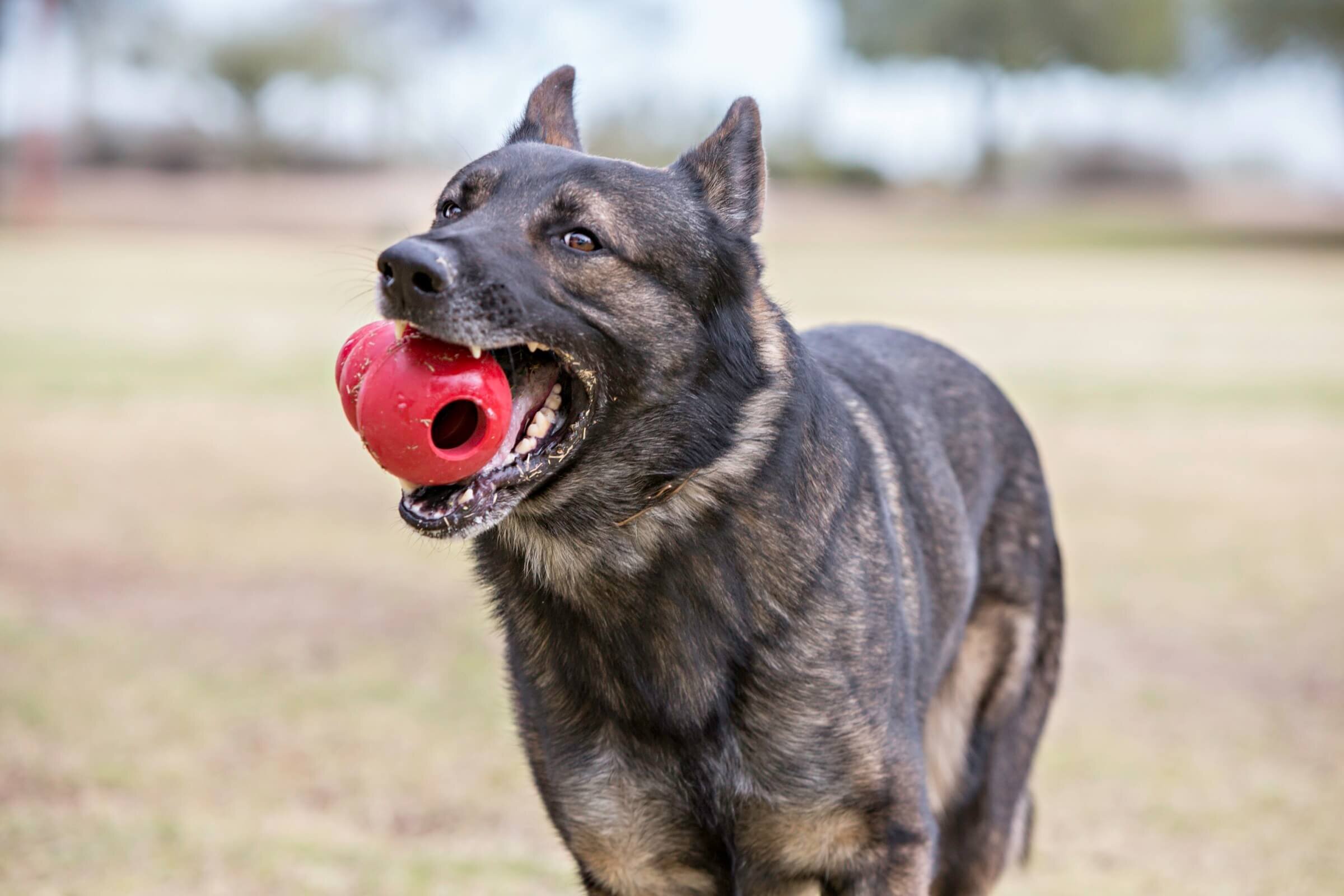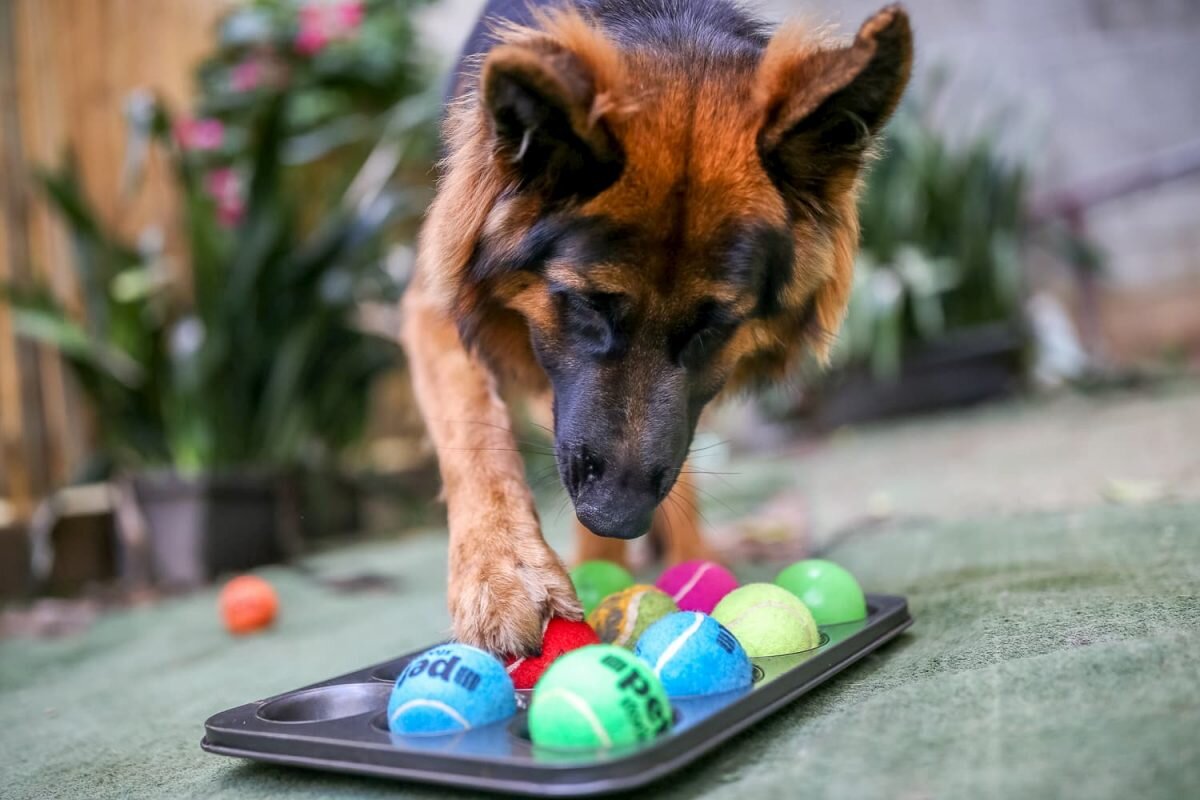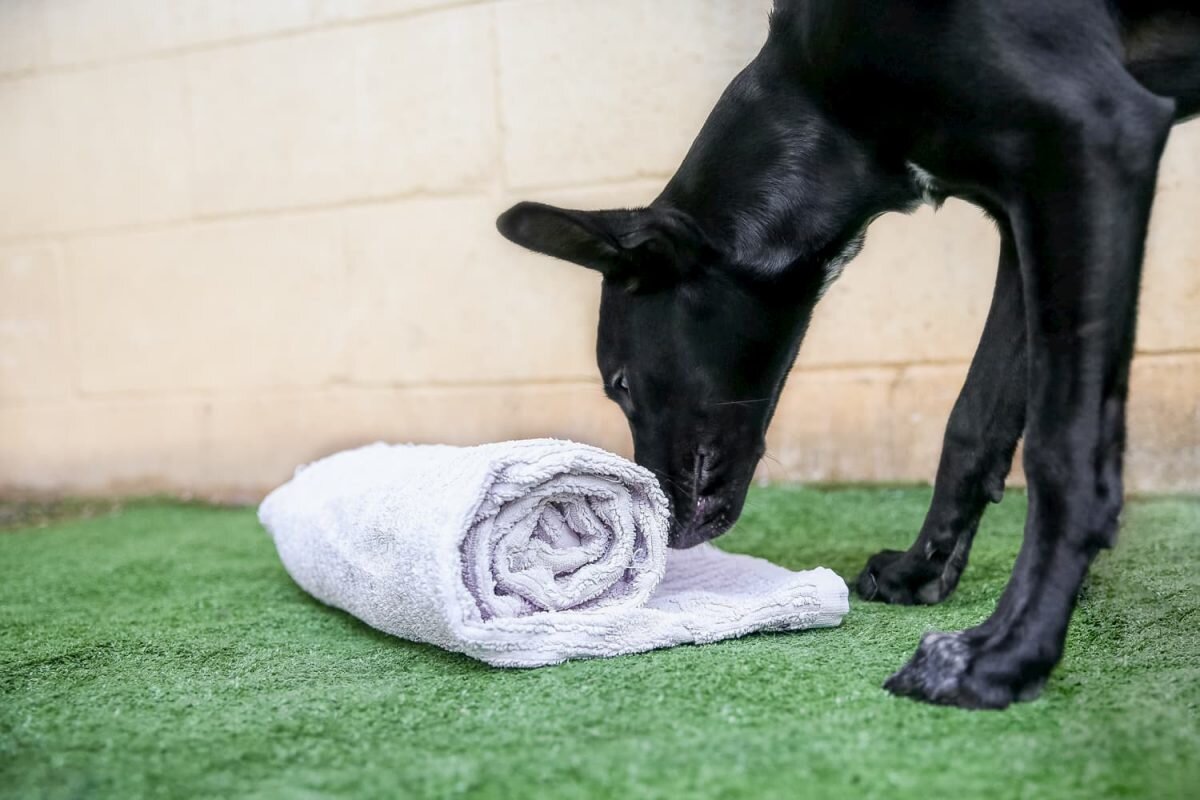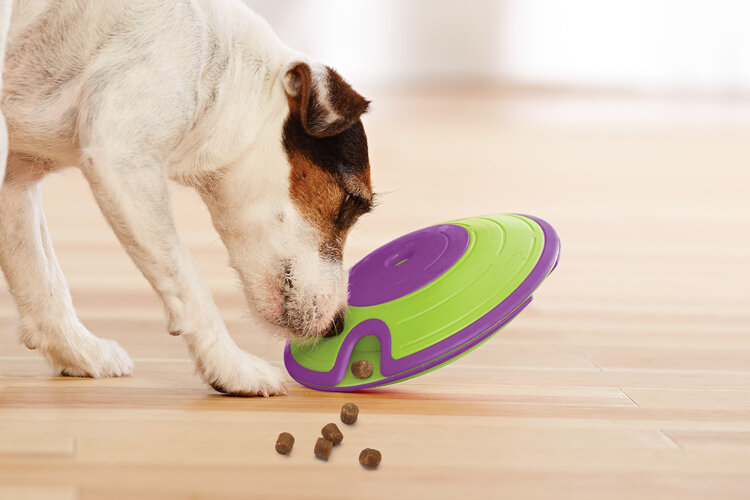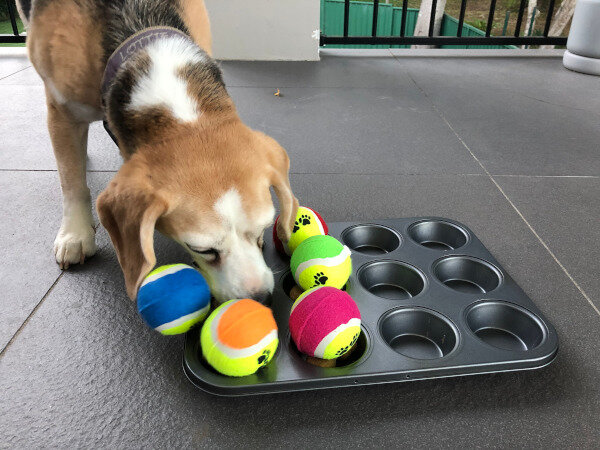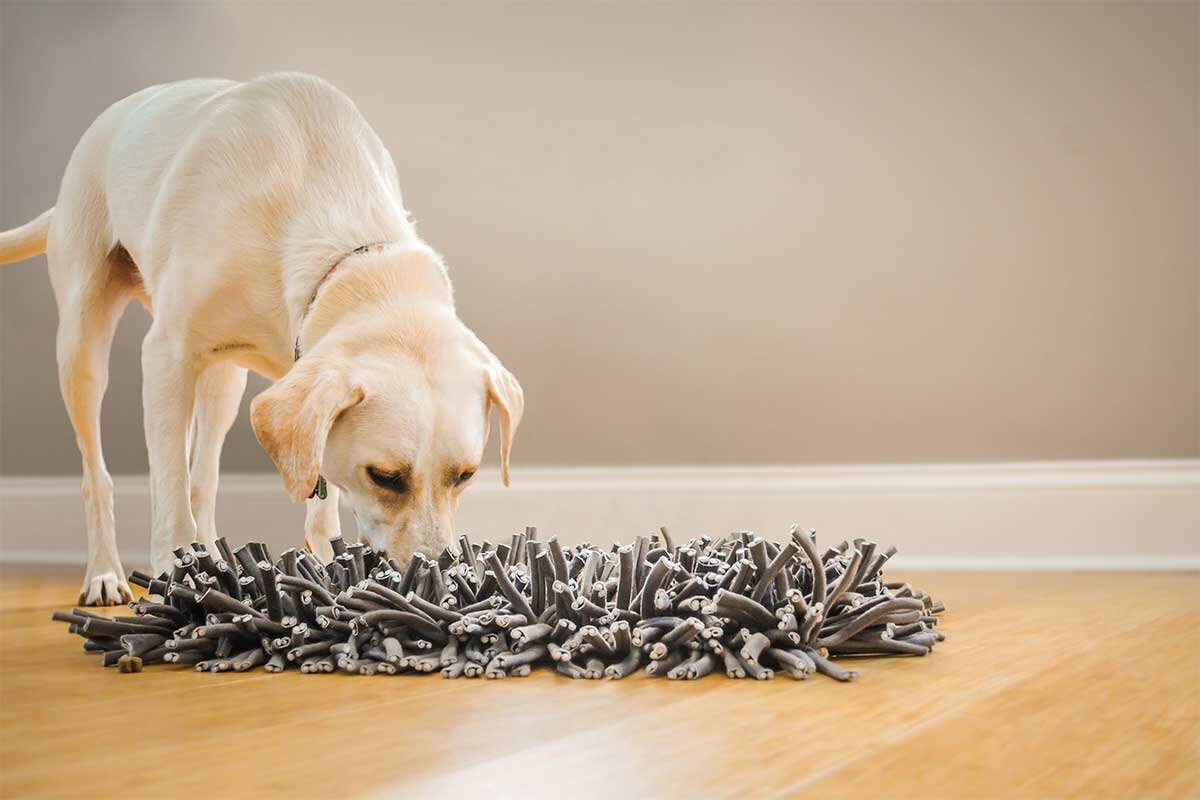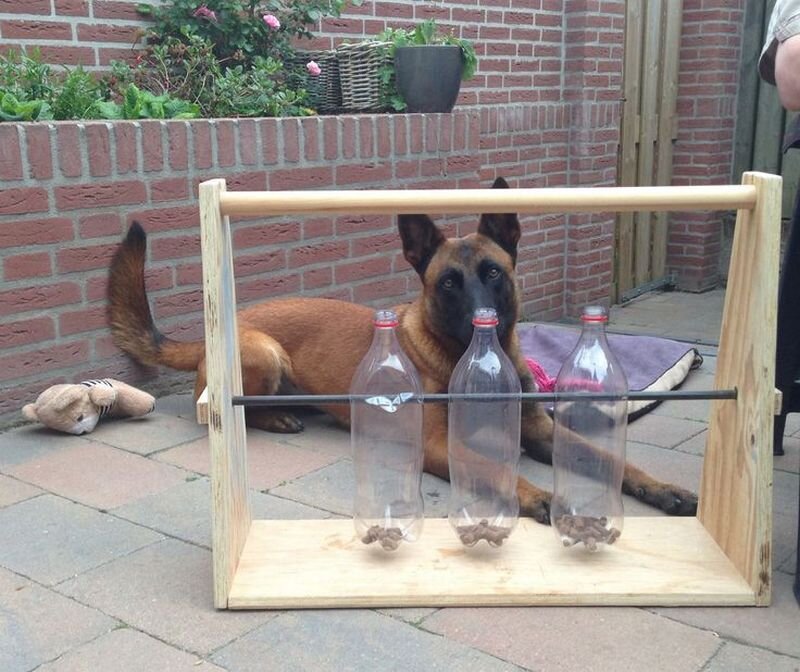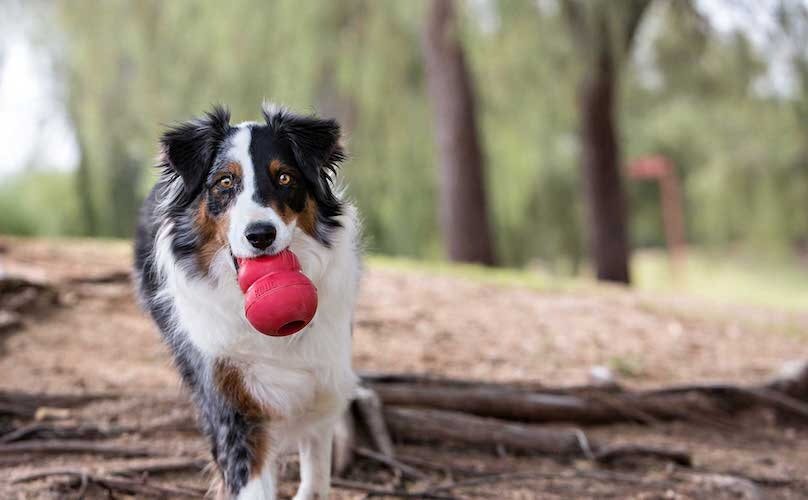Dog enrichment.
Keeping your dog mentally stimulated is just as important as providing physical exercise. Different enrichment activities can promote behaviours from your dog such as appropriate licking, chewing and sniffing. This produces endorphins which triggers a positive feeling in the body, I call it the ‘happy hormone!’ Dogs are natural scavengers, in a wild environment they would have had to undergo challenges in order to find their food, and so by putting food in a bowl for our dogs to eat we’re not encouraging them to use their brain. I would highly recommend that you #DitchTheDogBowl and use environmental enrichment activities when feeding. It can also be a nice calming activity leading into bed time. Benefits of environmental enrichment can include;
the production of endorphins
decrease the practise of destructive behaviours such as digging, chewing, escaping or excessive barking
decrease anxiety
avoid boredom
provide mental stimulation, offering an energy outlet
encourage the offering of an alternate behaviour
Dogs learn to learn, and so the first few times you offer enrichment you might find you need to help your dog work it out. It’s advised that you supervise your dog with a new enrichment item to keep them safe and also provide enrichment that is an appropriate size and of an appropriate material. It is also important not to leave multiple dogs in a space with enrichment unsupervised in case of resource guarding, to avoid accidents from occurring.
Scatter Feeding - It’s as easy as it sounds! Take your dog's whole daily portion of food and scatter it in your backyard encouraging them to sniff out the bits and pieces. You can even add a cue by saying ‘find’ or ‘search’ when you drop the food. Ensure your dog can see you dropping the food so they are able to make the connection. You can also purchase a clam pool, fill it with sand, tanbark, ball pit balls, plastic bottles etc and designate that area for searching.
Kong Classic - The Kong Classic is an all round wonderful toy! They are a durable rubber toy that can be stuffed with kibble food, raw feed, peanut butter or can food to name a few. Licking the food out of the Kong will keep your dog occupied for an extended period of time, and once they get the gist you can freeze your Kong beforehand increasing the level of difficulty. If your dog has never used a Kong before you may need to start by adding your treat on the outside of the Kong to make it that little bit easier.
Kong Wobbler - The Kong Wobbler is a plastic device that unscrews so that you’re able to put your dogs kibble or treats inside. It is weighted at the bottom, and so your dog has to work out which way to rotate the toy in order to move the food out. Potentially an activity for outside...mind your walls, this one can cause a bit of excitement and movement.
Bottle Feed - A cheap Wobbler! Rather than throw out your milk carton or soft drink bottle, put your dogs kibble inside allowing your dog to work out how they need to move the bottle around to get it out. To make this harder you can punch some holes in it and leave the cap on! This is an activity that is best played supervised to avoid the ingestion of little pieces.
Pupsicle - Take your dogs kibble or treats and pop them in an old plastic container or a used ice cream container, fill it with a diluted bone broth or water, then freeze it until frozen. This is a particularly good game for hot summer days.
Snuffle Mat - This mat is made of fleece strips tied to a rubber mat with holes in it. This can either be homemade or purchased. You scatter treats or kibble on your snuffle mat encouraging the dog to sniff for their feed. You can add your ‘find’ or ‘search’ cue to this activity just like with scatter feeding.
Towel / Blanket Wrap - Lay out a towel or blanket, scatter treats or kibble and roll it up. Encourage or teach your dog to unroll the cloth in order to reveal the food. Another activity that is recommended to be played supervised to avoid the digestion of fibres.
Boxed Dinner - Start by popping some treats or kibble in a box and getting your dog comfortable eating out of the space. Next fold a couple of the flaps down, and once your dog masters getting in you can fold it completely. Add a level of difficulty by putting treats in a blanket in the box!
Muffin Tray - Place your dogs treats or kibble into a muffin tray, cover them with tennis balls and let your dog work it out! You can also pour water, or put peanut butter over your kibble and freeze the muffin tray to make this more difficult.
Nose Works - Place different smells in PVC pipes or recycled boxes for your dog to explore! Lavender, hay, grass - the list goes on!
Outward Hound offers a range of puzzles and mazes with different levels of difficulty.
Remember to click a pic of your pup joining the #DitchTheDogBowl movement!
